There is a growing trend of portraying Muslim women practising hijab as ‘oppressed’ while their voices that claim otherwise are purposefully undermined.
AASIFA RAHMATH HAMEED, CHENNAI
JULY 3, 2021
Hijab or the veil has been a subject of controversy in the modern world for many years. The practice of observing purdah by Muslim women has been associated with extremism and is looked down upon as regressive, especially in the West. Various governments and legislations across the world are trying to pass laws against this practice thereby restricting an individual’s right to dress free of coercion.
One of the reasons often proposed as a justification for this clear violation of human rights is by citing examples of heinous actions committed by the so-called ‘Jihadists’ and demanding to ban outright any means of Islamic practices by depicting the whole religion in a bad light.
While it is a fact that all forms of extremism is wrong and have been strongly denounced by the Holy Quran and the Prophetsa and that such actions only contribute towards tainting the name of Islam and all noble aspects associated with it, it is also true that these justifications in no way rationalise restricting a woman’s freedom to dress in a fashion her religion instructs her to – especially when it poses no threat to others.
However, the rage over hijab is not only in the form of coercive means adopted by governments, but there is also a trend of Muslim women voluntarily removing hijab in the name of breaking shackles of ‘bondage’ and acquiring freedom.
The internet and Social Media are filled with lengthy videos of such Muslim influencers talking about why they decided to remove their hijab. The common reason one can find predominantly is that they found hijab to restrict their lives and hinder their progress.
Such a perception of hijab might be the result of false representation of purdah in some Muslim countries or societal pressure where women are subjected to unrealistic standards of beauty set and accepted by today’s society. It is also possible that their decision is a natural outcome of the constant religion-based hate they are made to face from their contemporaries and others, though one cannot pinpoint the exact reason behind taking this step. However, we find their comment boxes filled with both positive messages lauding them for their decision and fatwas alike.
Though one’s decision to remove their hijab is a personal choice, the fact cannot be ignored that the media and entertainment industry has a hand in promoting this trend. The rising number of various programs that showcase characters wearing hijab in a poor or bad light is actually concerning. Almost all of such programs and movies make it a point to say that liberation of women is achieved only when they take off their hijab[1]. Again the internet is divided into two extreme factions over these issues, creating so much ruckus with absolutely no end in sight.
The question I intend to address in this article is if hijab really restricts a woman’s rights. Being a woman observing purdah myself, I can say that it does not. The practice of observing the veil does not hinder anyone from upholding their rights and values. The history of Islam is rich with legacies of great women who contributed to the betterment of their societies and the world at large so much so that humanity is truly indebted to their astonishing services.
It would have been hence impossible that many women who observed purdah found a place for themselves in the world and contributed to human progress, had hijab been an impediment in their way to empowerment. The truth is that hijab is a sign of modesty and dignity. It safeguards women from the evils of society and empowers those who practice it. The Holy Quran says:
O Prophet! tell thy wives and thy daughters and the women of the believers that they should draw close to them portions of their loose outer coverings. That is nearer that they may thus be distinguished and not molested. And Allah is Most Forgiving, Merciful.[2]
It is clear from this verse that the commandment of hijab has been provided so that women may take their safety into their own hands rather than relying upon the goodness of others. In another place the Holy Quran says:
Say to the believing women that they restrain their looks and guard their private parts, and that they display not their beauty or their embellishment except that which is apparent thereof, and that they draw their head-coverings over their bosoms.[3]
In a world where sexual objectification of women is rampant, the significance of this commandment will not escape the eyes of an unbiased person. The world is in such a state of disarray where women are being treated without any respect and dignity. In the name of freedom and empowerment, women are reduced to the status of objects for male gratification as we often see media and advertising companies treating women as commodities[4].
On the other hand, Islam liberates women from this patriarchal version of ‘empowerment’ and upholds their dignity in the true sense. Unfortunately, but it is this religion which is viewed by the modern society as an ideology subjugating woman and restricting her rights.
However, it is also true that some Muslims, out of utter ignorance, introduce a concept of purdah that is extreme in nature and has no connection to Islam. They think that they have been appointed to police women over these issues, while no such mention can be found in the Holy Quran or the sayings of the Holy Prophetsa. All that one can find is that men have been commanded to restrain their eyes regardless of women’s attire[5].
Explaining the true purpose and concept of the Islamic veil, the founder of the Ahmadiyya Muslim Community, Hazrat Mirza Ghulam Ahmadas, the Promised Messiah and Mahdi says:
The Book of God does not aim at keeping women in seclusion like prisoners. This is the concept of those who are not acquainted with the correct pattern of Islamic ways. The purpose of these regulations is to restrain men and women from letting their eyes to rove freely and from displaying their good looks and beauties, for therein lies the good both of men and of women.[6]
These words clearly state that women are not subjected to any inhumane treatment while wearing hijab, but are provided necessary safety while they can pursue and achieve their goals whilst following this commandment.
Islam has undoubtedly established the rights of women even before the so-called progressive societies started thinking about those rights. When we study the lives of early Muslim women, especially the wives and daughters of Prophet Muhammadsa, we find that they were well-read and influenced the people around them with good teachings whilst practising purdah.
In short, hijab is just the opposite of what it is being depicted as by modern society. It is a means through which a woman can attain true dignity, both in this world and the hereafter. The Worldwide Head of the Ahmadiyya Muslim Community, Hazrat Mirza Masroor Ahmadaba addressed women in one of his speeches and said:
Always be conscious of your dress so that no one can ever question your modesty and be proud of the fact that purdah is the means of guarding the honour and chastity of a Muslim woman.[7]
Hence, it is imperative to understand when Islam has established the rights of women, it has also made the veil a provision to safeguard those rights, not undermine them. Therefore, as Ahmadi Muslim women, we have to make sure that we practise this commandment with utmost sincerity and show to the world that true liberation – which undoubtedly is not to serve the patriarchal interests – can only be acquired through following the teachings of Islam.
The author holds an M. Phil in the field of literature and cultural studies.
REFERENCES
[1] Media Representations of the Hijab by Julie N Posetti, University of Wollongong Ausralia (2006) pp. 4-9
[2] Holy Quran 33:60
[3] Holy Quran 24:32
[4] Analysis of Projection of Women in Advertisements on Society by Monika Gulati, published in Global Journal of Commerce and Management Perspective September-October, 2014
[5] Holy Quran 24:31
[6] The Philosophy of the Teachings of Islam p. 48
[7] Living As a Muslim Woman in Modern-Day Society, Address by His Holiness Hazrat Mirza Masroor Ahmadaba at Lajna Imaillah (the women’s auxiliary of the Ahmadiyya Muslim Community) UK Ijtema 2019


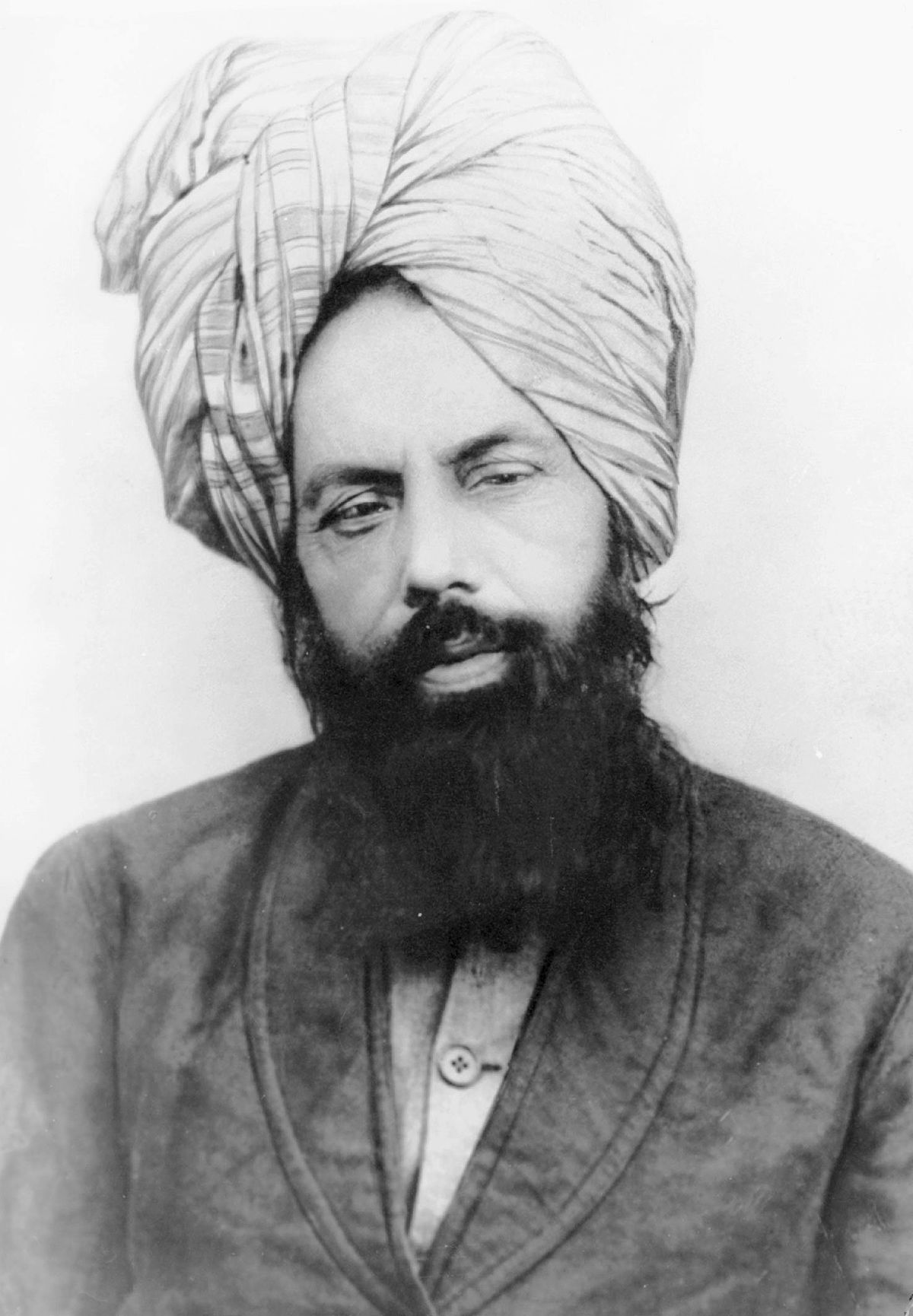
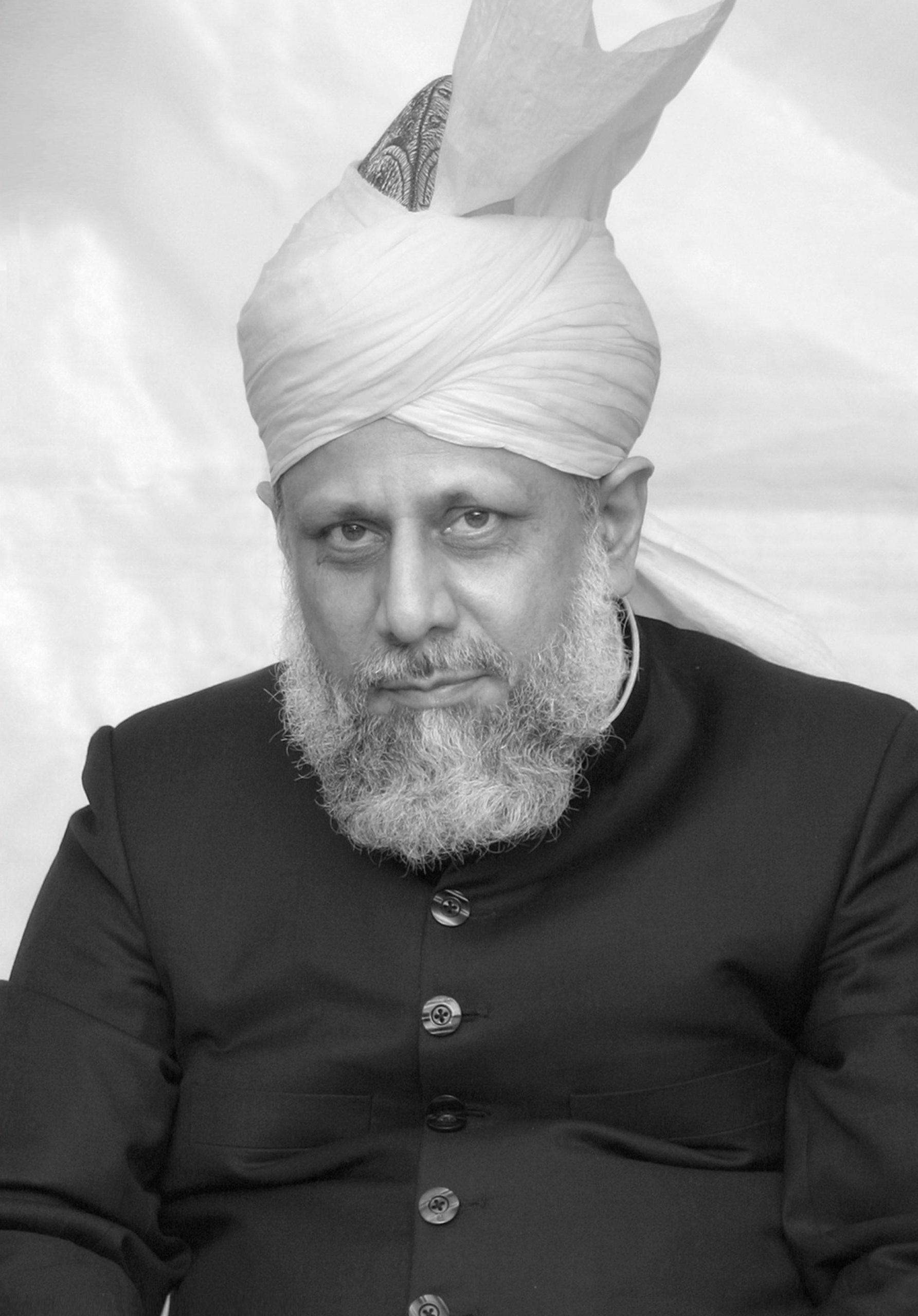

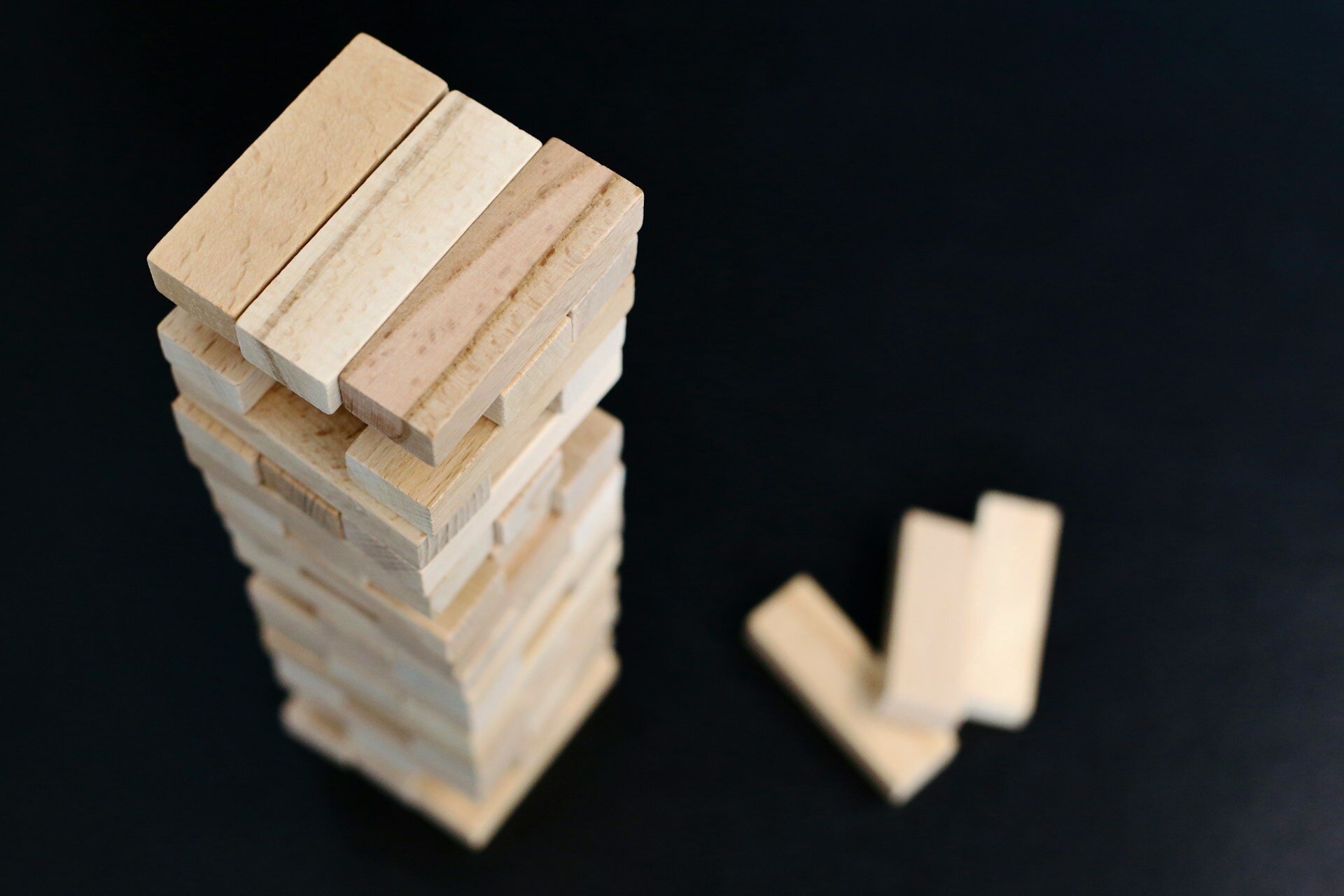
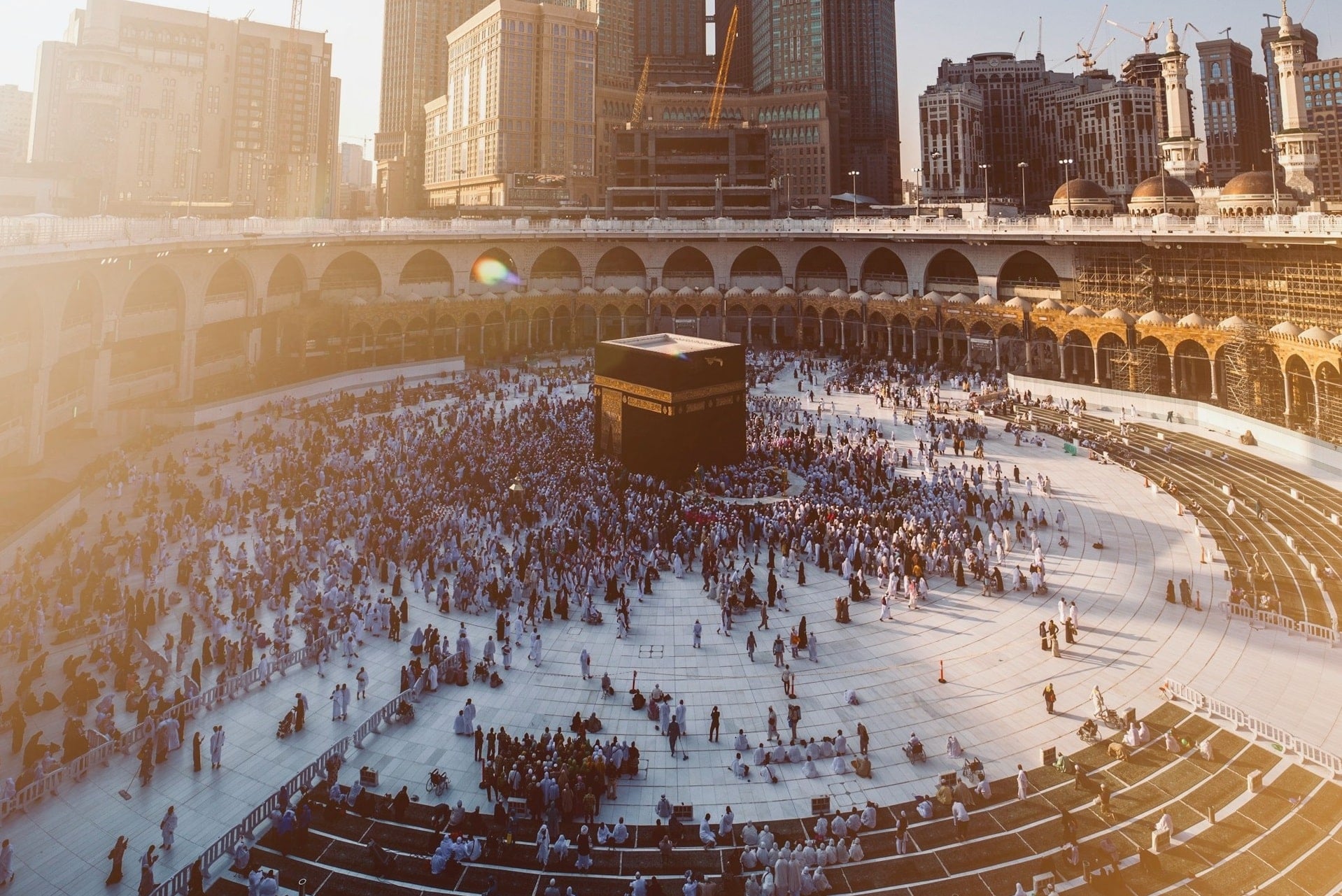


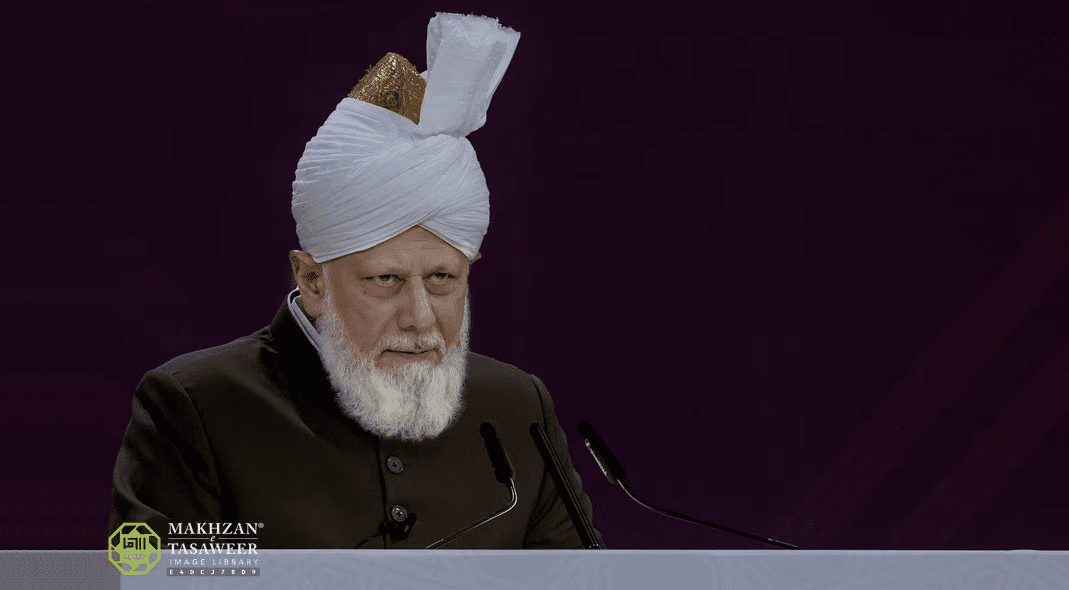
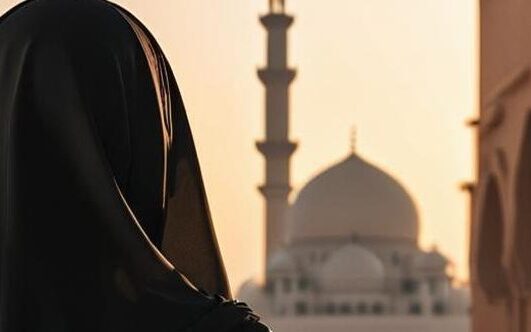


15 Comments
Thooba · July 4, 2021 at 3:10 am
Very well written. Maa sha Allah 😍
Shahzaeb · July 4, 2021 at 4:57 am
Well explained…. Masha’allah 👍
Shumaila Hilal Naujawan · July 4, 2021 at 5:58 am
This is so well written . Masha’Allah.💜💜
Faiza · July 4, 2021 at 6:10 am
MashAllah!! Well presented.
Shakila munawar · July 4, 2021 at 7:06 am
Masha Allah. Your articale is good
FAUZIA GUL · January 20, 2022 at 1:54 pm
MashaAllah ,good effort to teach true teachings of Islam.
Fauzia Rahman · February 10, 2022 at 12:52 am
Mashallah excellent article
Rashdah Rehman · July 4, 2021 at 7:39 am
Mashallah ,well presented and beautifully explained👏👏👏👏
Irfana Rahamathulla · July 4, 2021 at 4:46 pm
Mashallah excellent article
Mehmooda Nishat · July 6, 2021 at 4:06 am
Assalam alaikum,
Well written post. One clarification though. The interpretation of quran does not says about covering faces. It’s just to bring your head covering to your chest that is mentioned. Please look into this .
JazakAllah.
Nishat
Nasrath Farsana · January 22, 2022 at 6:11 am
MashaAlllah
Sayeda Afshan · January 27, 2022 at 8:52 am
MashaAllah. Excellent article!!!
Dr Syed Bilal · February 5, 2022 at 8:01 am
Very well written. MaashaAllah.
May it enlighten and guide the hearts of everyone towards righteousness.
eid abaya · March 3, 2022 at 10:45 am
Woah this site is extremely good i love reading through your content regularly. Sustain the good do the job! You are aware of, many individuals are seeking close to with this details, it is possible to help them to tremendously eid abaya.
abaya · March 4, 2022 at 1:01 am
I enjoy, end in I found just the thing I used to be trying to find.. abaya You might have ended my own a number of morning lengthy look! Lord Cheers gentleman. Have a very good time. Ok bye